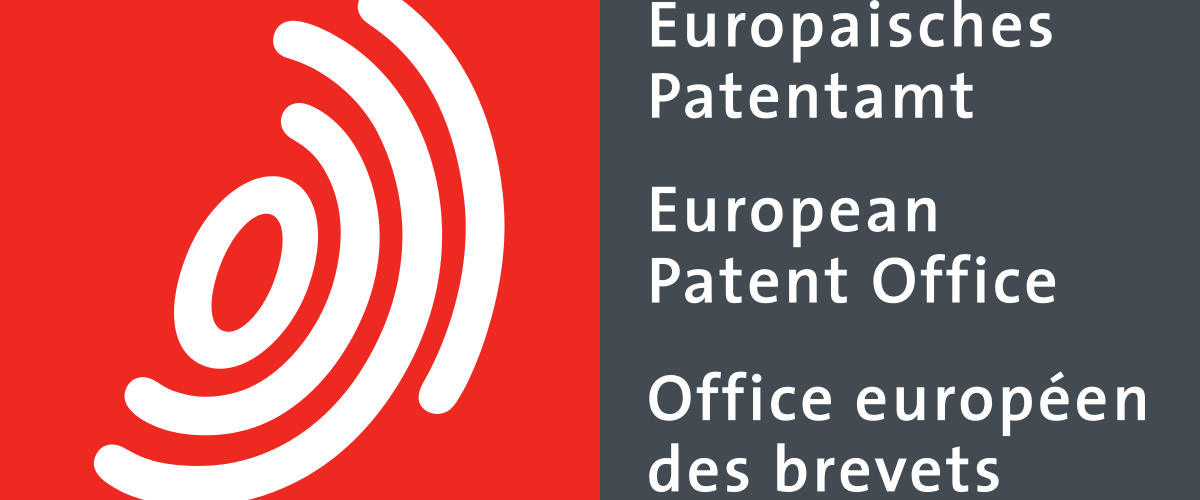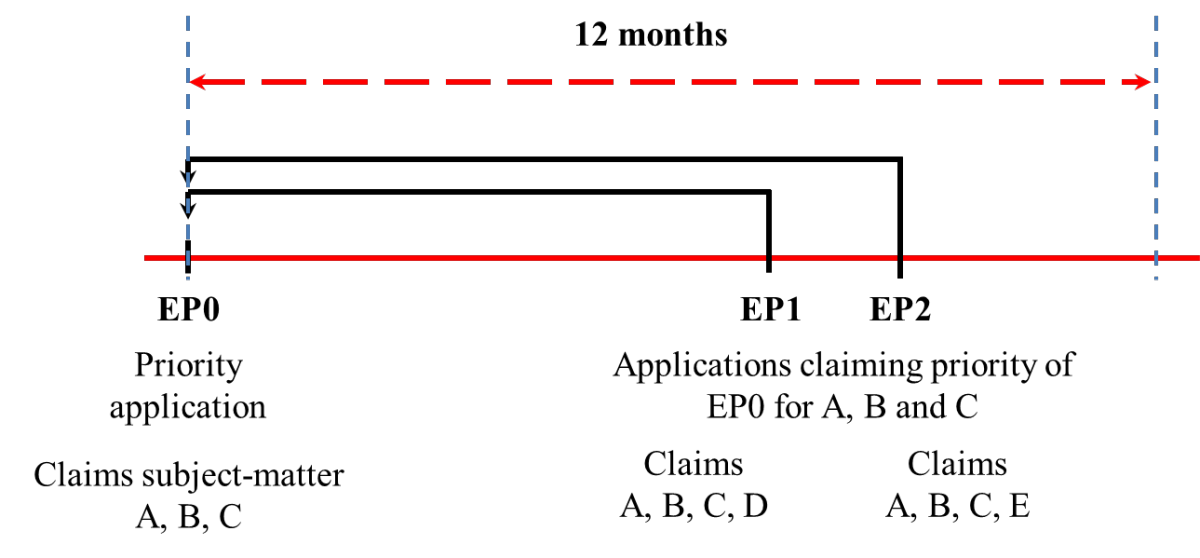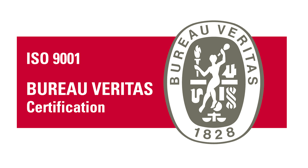Article

Is it possible to claim priority of a first application more than once in a contracting state? Rejection of the “doctrine of exhaustion” by the European Patent Office
Written by Dimitri Oustinov
When deciding whether the right of priority can be used more than once in a contracting state of the European Patent Office (EPO), the Boards of Appeal of the EPO concluded that the interests of Applicants and promotion of innovation should prevail. The “doctrine of exhaustion” which prevents the repeated use of the right of priority, mentioned in controversial decision T998/99, does not apply. The decision to accept multiple use of the right of priority was set out in T15/01, later confirmed in T1562/06, and based on principles that were later referred to in decision G1/15.
----------------------------------------------------------------------------------
Using the right of priority can give rise to some tricky legal questions that are not covered by existing texts. At the European Patent Office (EPO), articles 87 to 89 of the European Patent Convention (EPC) provide a general view of how the right of priority can be used. The European Patent Convention as a whole is a special agreement within the meaning of article 19 of the Convention for the Protection of Industrial Property (or Paris Convention for short) as stated in the Preamble of the EPC, and therefore cannot establish a right of priority which contradicts the articles of the Paris Convention.
These legal texts fail to explicitly address some issues that arise when dealing with less conventional situations such as partial priorities for generic “OR”-claims or multiple filings claiming priority of a same application in a same contracting state. Case law of the Boards of Appeal of the EPO provides examples of how the right of priority can be used in these situations.
There are two contradicting views on how the right of priority can be used in the case of multiple use of the priority right. Multiple use of the right of priority consists in claiming priority of a same patent application more than once for identical subject-matter (as illustrated below).

One view, expressed in decision T998/99, suggested a strict approach called “doctrine of exhaustion” according to which the right of priority associated with a given subject-matter can only be used once in a given contracting state. To support this view, point 3.1 of decision T998/99 mentions that the right of priority defined in the Paris Convention and EPC are “provisions governing an exception” and should be narrowly interpreted.
The view expressed in decision T998/99 later proved to be controversial, as a more flexible approach was expression in decisions T15/01, T5/05 and T1562/06. The more flexible approach promotes the right of priority as a tool meant to support innovation and the interests of the Applicant.
It is now widely acknowledged that the “doctrine of exhaustion” does not apply. Reasons supporting this rejection of the approach adopted in decision T998/99 are listed at points 31-41 of decision T15/01, later confirmed by decisions T5/05 and T1562/06.
Decision T15/01 provides several arguments according to which the “doctrine of exhaustion” should be disregarded and a more flexible approach preferred:
- multiple use of the priority right enables an Applicant to correct deficiencies in an application by filing improved versions of the specification,
- “doctrine of exhaustion” cannot be viewed as an appropriate means of preventing “double patenting”, which can also arise in situations in which no priority is claimed. Furthermore, application of the “doctrine of exhaustion” unduly limits Applicant’s possibilities to protect inventions even in situations in which no “double patenting” issues arise,
- right of priority defined in the Paris Convention evolved to recognize multiple and partial priorities (article 4F of the Paris Convention) and preservation of the benefit of the right of priority in divisional applications (article 4G of the Paris Convention). The right of priority that is referred to in the EPC provides Applicants with further possibilities such as ‘internal priorities” that were not included in the Paris Convention. This approach shows that the spirit of the Paris Convention as well as that of the EPC is to encourage innovation and assist Applicants in their pursuit of international protection for their inventions. The “doctrine of exhaustion” contradicts this spirit by seriously limiting the possibilities of Applicants to protect their inventions.
The last reason of the above list seems to be a convincing argument to reject the “doctrine of exhaustion”.
The Boards of Appeal and more particularly the Enlarged Board of Appeal regularly concluded that the EPC is to be viewed as a tool intended to support Applicants in their wish to protect innovations when it dealt with questions connected with the use of the right of priority.
One such example can be found in decision G1/15, in which the Enlarged Board of Appeal reflected on a different issue connected with the right of priority. It sought to determine whether generic “OR”-claims (that is claims which encompass both subject-matter already disclosed in a priority application and other subject-matter that is not disclosed in the priority application), should be entitled to partial priority for subject-matter disclosed in the priority application.
The Enlarged Board of Appeal considered that “as a matter of principle”, the right of priority “established by an international treaty or convention” “cannot be restricted by imposing supplementary conditions in administrative rules or guidelines or even in jurisprudence” (point 4.2 of G1/15). The conclusion of decision G1/15 to accept partial priority of generic “OR”-claims is based on arguments similar to those expressed in decision T15/01.
This seems to provide further evidence that the EPO does and should continue to reject the “doctrine of exhaustion”.













